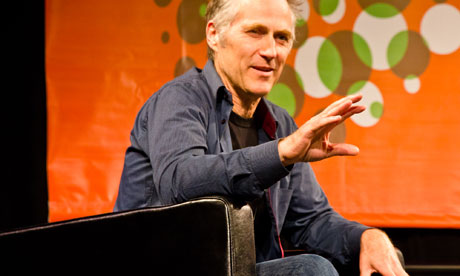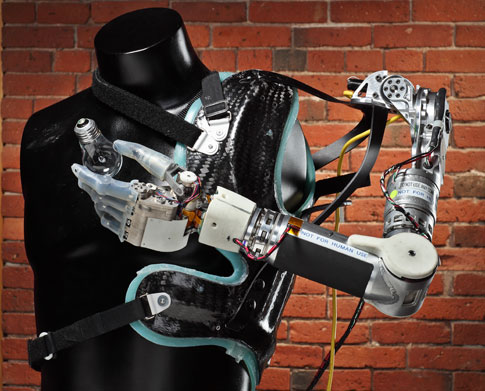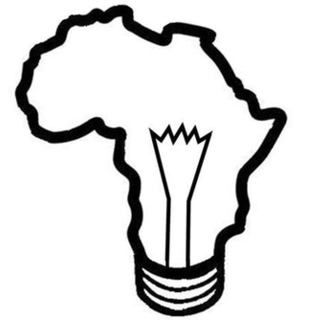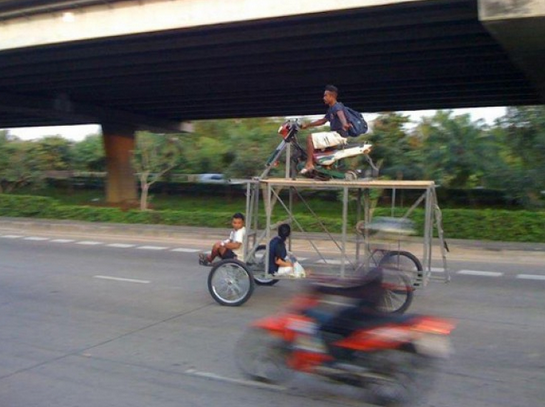
Tulser organised a masterclass with Etienne Wenger-Trayner at their fabulous Maastricht offices. The title (in Dutch) was “Slimmer werken in (online) communities” (“Working smarter in (online) communities”).
Learning How To Work Smarter
Jos Arets, Vivian Heijnen and Joost Robben kicked off the day. Their analysis of the issues around learning and development wasn’t groundbreaking, but is is interesting to see a company who have made this criticism a core part of their value proposition toward companies (they gave us a book titled: Preferably no Training).
According to them there is a lot of pressure on HR in general and the learning and development organization in particular. The shift from an industrial economy to a knowledge economy has profound consequences. The “Internet Storm” has only just started. It is starting to become a commodity and will the basis for completely different business models. If you see how the Internet has changed the music business, the newspaper business, the book business you can imagine how this will affect the learning organization. In most large organizations this shift has not yet happened in learning, they still work according to the old industrial paradigm: knowledge from books → in trainers heads → in participants heads → right or wrong knowledge at the workplace level → only 20-25% workers of the organization. A fast historical narrative would go something like this: Trainers delivered training, participants started to hate training so we develop e-learning instead and now participants hate e-learning too.
What are the problems in Learning and Development?
- Alignment: HRD sits outside the business
- Distribution (just in time, scalable, etc.)
- Wrong solutions for 80% of the performance problems
- Focus on formal learning
- Business models don’t really exist
- (Business) Metrics
Tulser’s solution to these problems is to change the focus from training towards performance. Most problems on the workplace are not caused by a gap in the knowledge of the people working in that workplace. They also advocate a shift away from competences towards a focus on tasks. They want to move away from e-learning toward micro-learning and performance support and from courses to resources and finally from classroom learning towards social and personalized learning.
Their final conclusion: “adapt or die”.
Social Learning Strategies

Wenger-Trayner, writer of the infamous Communities of Practice: Learning, Meaning, and Identity, opened his talk by talking about his recent marriage and about finding a companion. His talk will be very much analogous to that story, you should try to find learning companionship. A good companion can make you a bigger “me” and that is really meaningful. In learning you might be able to find this in communities. The ability to have the experience of meaningful engagement is where we will be able to find informal learning.
Great quote from Einstein: “The positive development of a society in the absence of creative, independently thinking, critical individuals is as inconceivable as the development of an individual in the absence of the stimulus of the community”
A community of practice is a self-governed learning partnership among people who:
- share challenges, passion or interest
- interact regularly
- learn from and with each other
- improve their ability to do what they care about
- define in practice what competence means in their context (he gave a great example where it was actually impossible to do the job according to how the people were trained, they had to find out their own methodologies)
In gangs they learn how to survice on the streets, in organizations they provide better service to clients.
Communities of practice is not a technique invented by a consultancy. It is a natural human technique.
In the industrial mode of production, the source of value creation is in the design, the formal is driving the informal and you leave your identity at the door. As we shift, we will see that formal will start to support the informal. The source of value creation is knowledge companies are conversations (compare the Cluetrain Manifesto). In a knowledge economy the distinction between soft and hard skills are not so clear anymore.
Next he started answering questions from the audience:
- Is technology important? Yes, it can make a difference but it barely ever is the driver and it is not necessary for succes. You should think about the community first and the technology second.
- In an organizations do you need to seed the community and be active to get it started? Good communities usually have people “occupying the space” and mature communities are actually full of leadership. And there is a difference between leadership and facilitation. The best leaders are “social artists” that have true ability to create a space where people can engage and also manage to avoid group think.
How to Implement Social Learning and Value Creation
One thing you can try to do is “Horizontalization”, the negotiation of mutual relevance (as an alternative to the Provider-Recipient relationship). The best way to understand the notion of a community of practice is to imagine a social discipline of learning. He has created a little framework with the key processes for this discipline (bring practice in, push practice forward, create self-representation and reflect and selfdesign):

Practitioners need a community to:
- help each other solve problems (this is a very fundamental reason to participate, much better than the usual knowledge sharing imperative)
- hear each other’s stories and avoid local blindness
- reflect on their practice and improve it
- build shared understanding
- keep up with change
- cooperate on innovation
- find synergy across structures
- find a voice and gain strategic influence
One question he often gets is why you should share knowledge if knowledge = power. Wenger-Trayner agrees that knowledge = power, but that doesn’t mean you have to keep it yourself if there is a platform for building a reputation (reflection from Hans: this is where Yammer currently is lacking a little bit).
He showed the following slide nearly as a teaser (apologies, it is hard to read, the top right says: 1. exchanges, 2. productive inquiries, 3. building shared understanding, 4. producing assets, 5. creating standards, 6. formal access to knowledge, 7. visits):

This is an extremely rich picture that shows the broad range of possibilities for informal learning.
Social learning can also be a strategy with communities of practice as the steward of strategic capabilities towards performance. The circle is as follows: Strategy → Domains → Communities → Practices → Performance → Learning → Sharing → Stewardship → Strategy. If you don’t do this, then you are not doing knowledge management. This makes social learning a strategic responsibility and consists of managing a portfolio of domains on a continuum of formality.
What is the difference between a network and a community? There are not two different things, instead they are different aspects of the learning fabric of an organization (i.e. characteristics of a social system).
One thing to follow up is to look at the Value-creation assessment framework.




